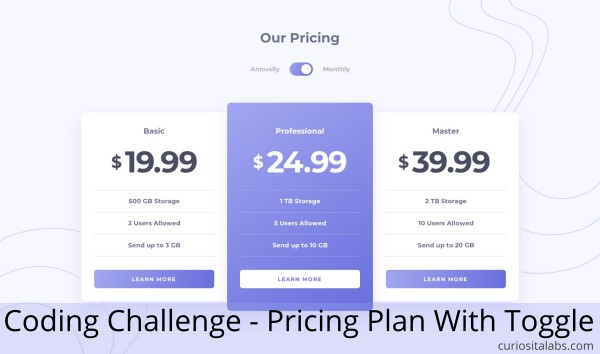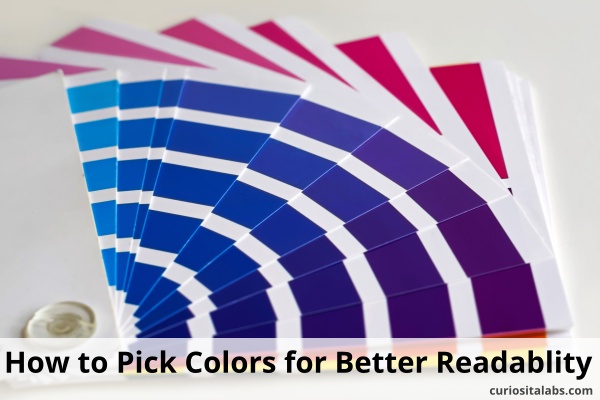FlexBox is a flexible box layout model for the web. This model gives you a way to automatically rearrange responsive elements. They can adjust in size either increasing or decreasing depending on the device size. FlexBox can be a great addition to your CSS toolbox. It helps you to write adjustable and adaptive CSS.

How do I get started?
You can start by reading guides on how to use FlexBox. The Mozilla Developer Network has a guide on the Basic Concepts of Flexbox. Or try CSS-Tricks’ A guide to FlexBox.
If you need to fix a problem right away, you can use Solved By Flexbox to find a solution to common problems.
3 different ways to use it in your projects
1. Centering items on a page
Without FlexBox, it can be challenging to center items like text or images on a page. Sometimes, you have to resort to hacks to get it to look the way you want. FlexBox makes it so much easier. Use these tips to center items either horizontally or vertically.
2. Photogallery
You want to create a photo gallery that is responsive. Use this photo gallery to make one that looks like Flickr or Google Photos.
3. Responsive Tables
Tables are not responsive. You can make them be by using a little bit of FlexBox without having to redesign them.
Need more?
Flexbox Patterns has solutions to problems that you can use. It demonstrates the solution and shows you how to create the flexible box layout yourself.




